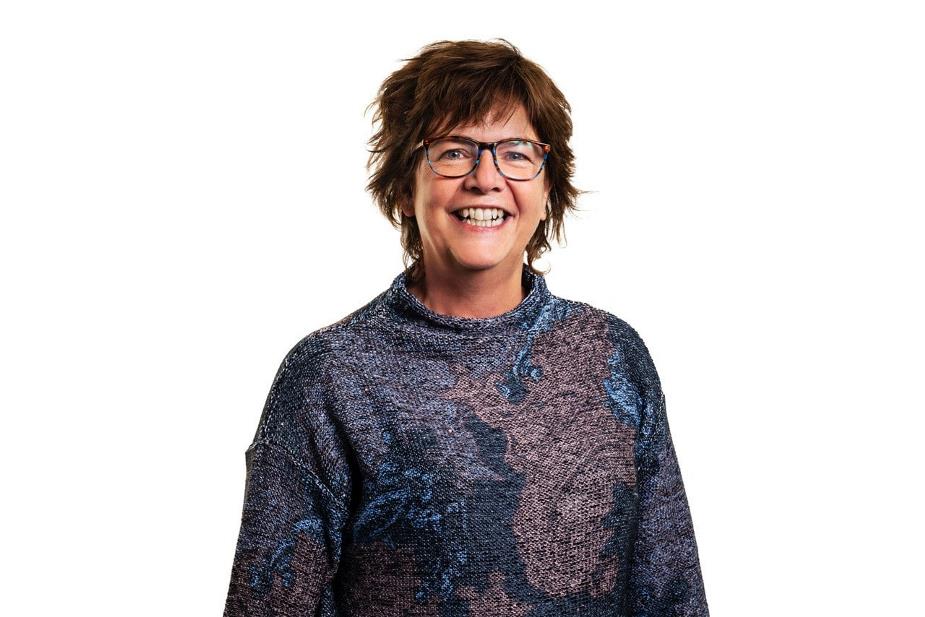Innovating education with living labs: opportunities & challenges

In living labs, students learn by doing, working with cutting-edge techniques and making a substantial contribution to solutions for tomorrow. And they do all this together with students and professionals from different fields. If you look at it this way, a living lab is like a candy shop for a degree programme. But the organisational aspect is quite different; in reality the labs and the degree programmes often don't align. That is why lecturer-researcher Eveline Kapteijn is trying to discover for us: how can we better streamline student participation in living labs?
Acquiring knowledge for the entire sector
'The content of the degree programmes’ curricula changes regularly, but practical learning has barely changed in recent decades. Students often still do an internship at stuffy boring companies and learn almost nothing useful. This can and should change completely,' explains Eveline. For many years, she has been involved in various aspects of educational innovation, especially for financial degree programmes. ‘I'm very enthusiastic about the emergence of living labs. It's wonderful that students can work in multidisciplinary teams on innovative issues, and thus contribute to groundbreaking discoveries. In doing so, they challenge not only themselves, but the entire sector. After all, they take the knowledge they gain with them to future employers. The only obstacle is that participation in living labs is not very accessible yet. There are still too many barriers to make the most of the labs
Friction between old and new
Eveline is researching eight labs to discover what the challenges are. “One of the factors preventing labs and degree programmes from connecting properly is time," she says. ‘The specific blocks for internships, graduation and minors don't automatically match the time needed for research. For example, it is often difficult to safeguard the joint learning in a living lab. And you don't want to start from scratch with every group of minor students. Another factor is that degree programmes often have requirements that not every lab can meet. One requirement may be that an internship has to be commissioned by a company, and this is often not how it works in labs. Of course you can be creative with those rules, but that takes a lot of time and doesn't always produce the desired result.’
Look more critically, act more flexibly
As far as Eveline is concerned, practical learning needs a major transition. ‘I think it's a good idea to take a very critical look together: what do we really want to teach students? And also: what does society really need? And that from these 'learning outcomes' we will look more flexibly at the form in which we can achieve them. This requires co-creation: not only educational institutions but also the business community need to look differently at practical learning. Not just expecting students to do their assignment, but being prepared to make solid connections and achieve long-term goals for the sector together. And ultimately, of course, for the world.’
Need inspiration?
In her search for bottlenecks and breakthroughs, Eveline has found something interesting: striking innovative labs that transcend the current curricula. She will talk to the people behind these labs during the lunch meeting 'Living Labs as a tool for innovative education' on 11 April.